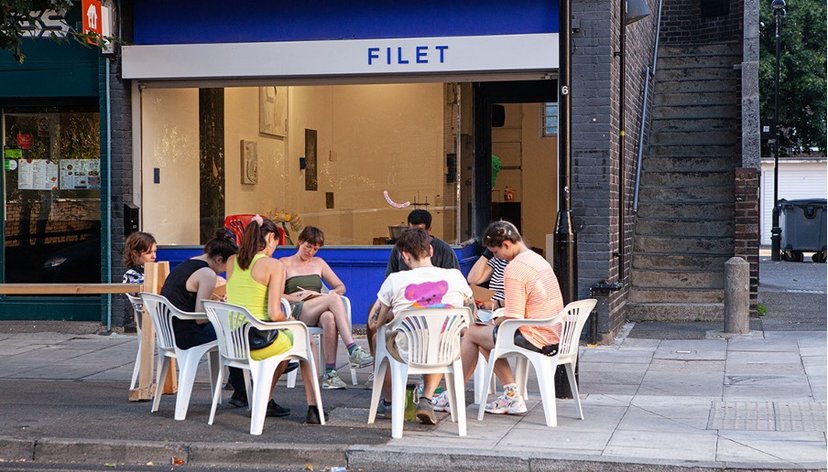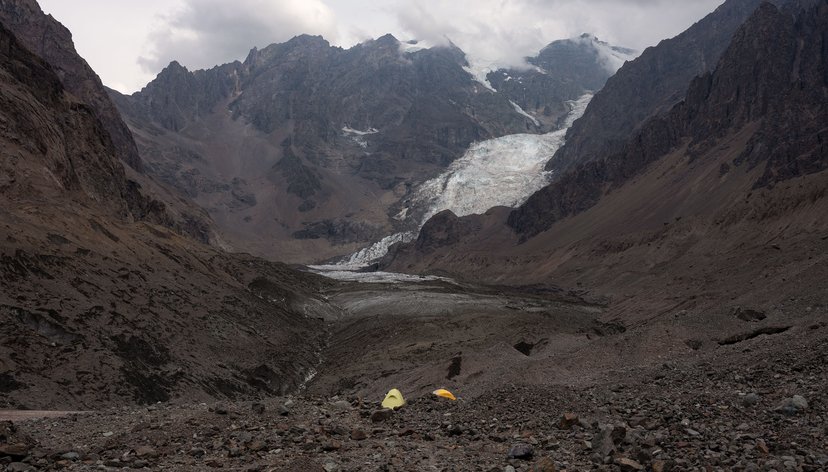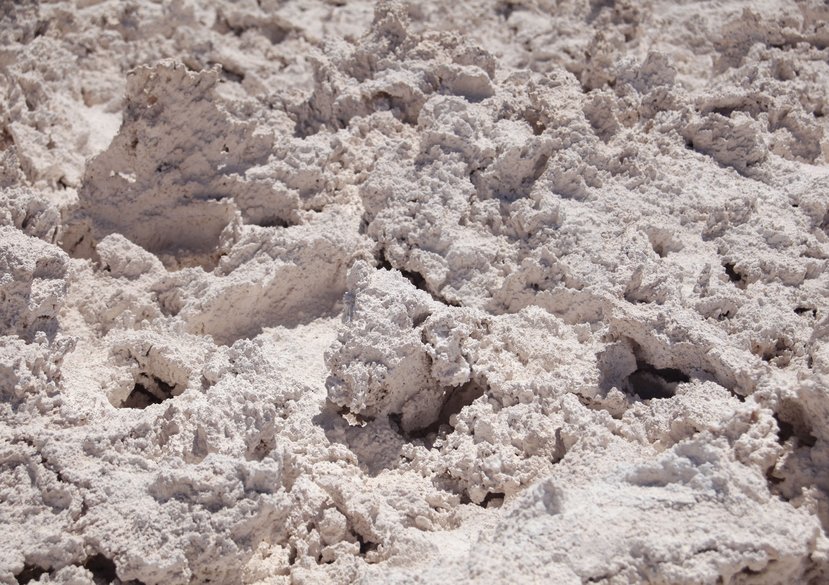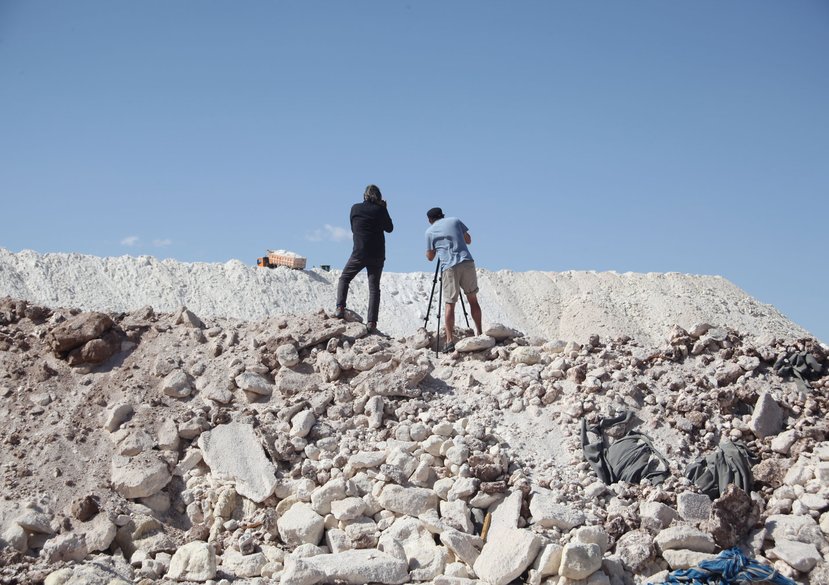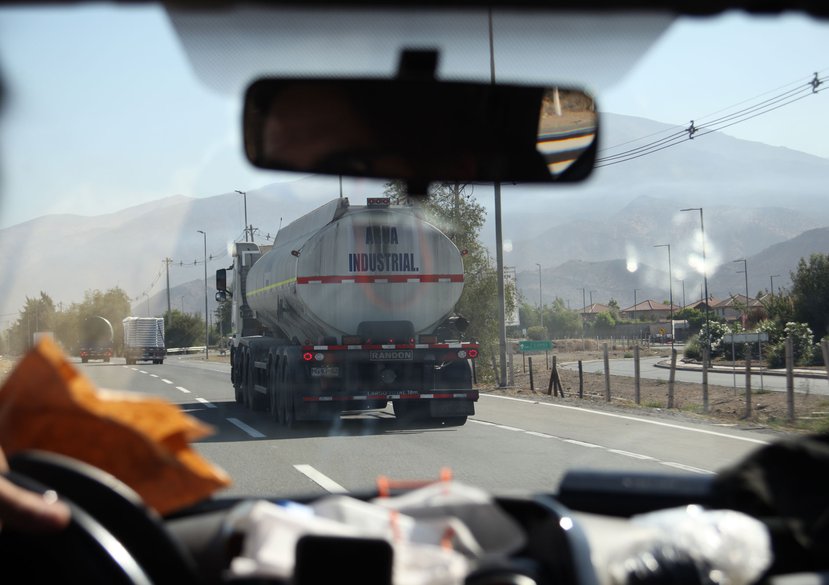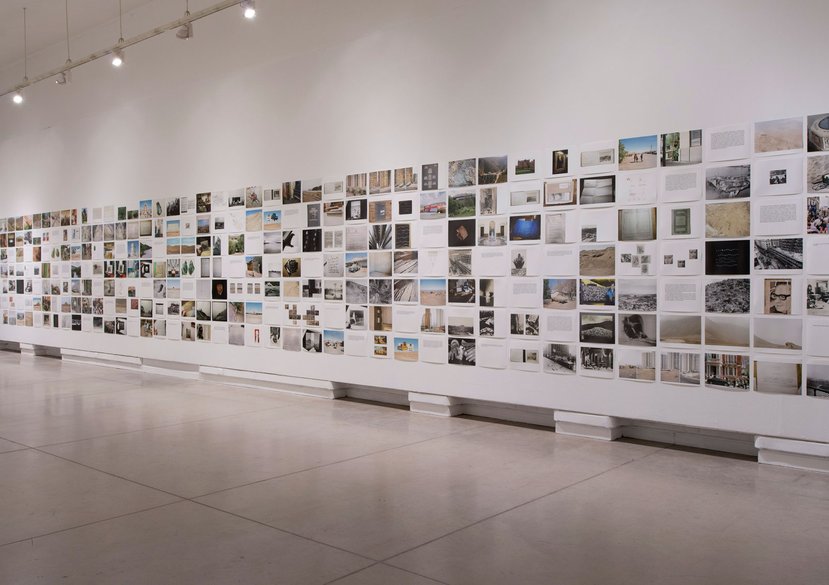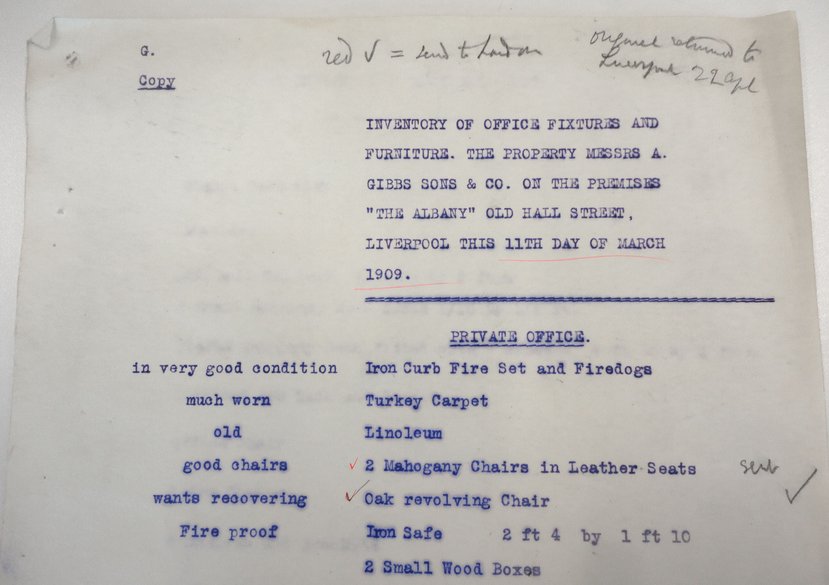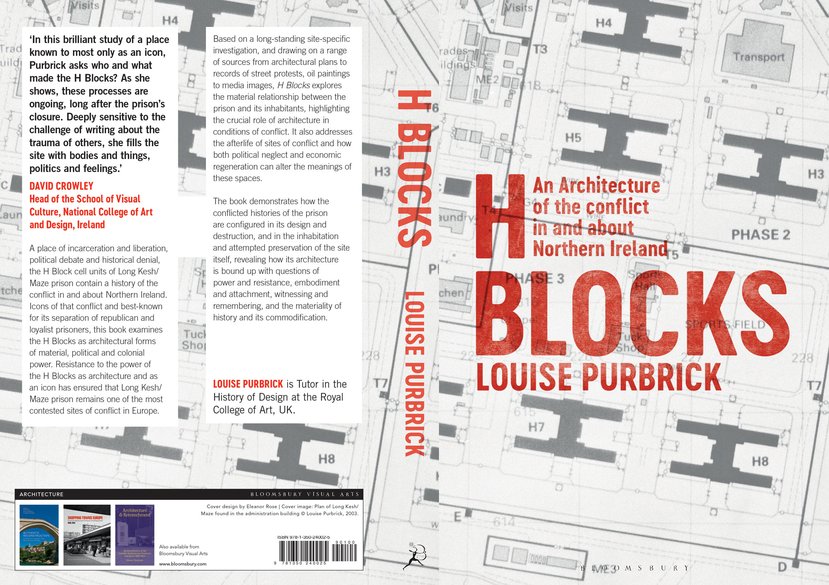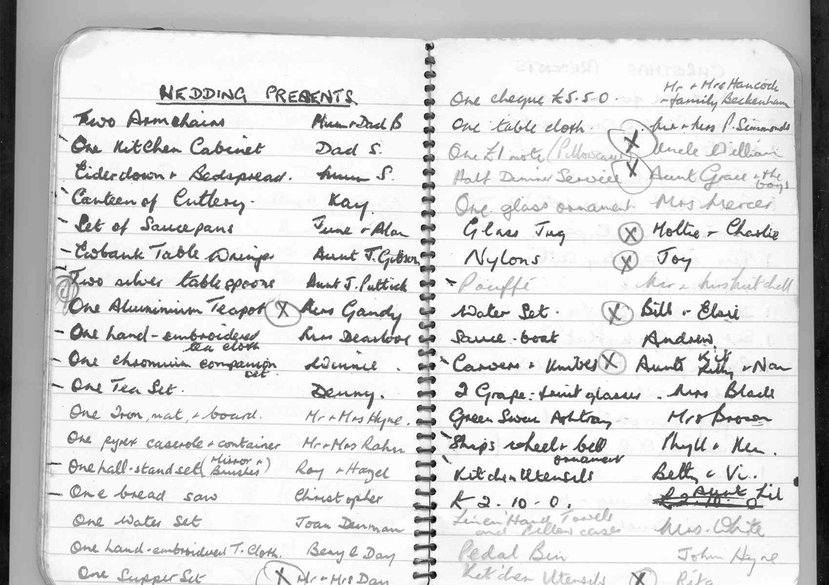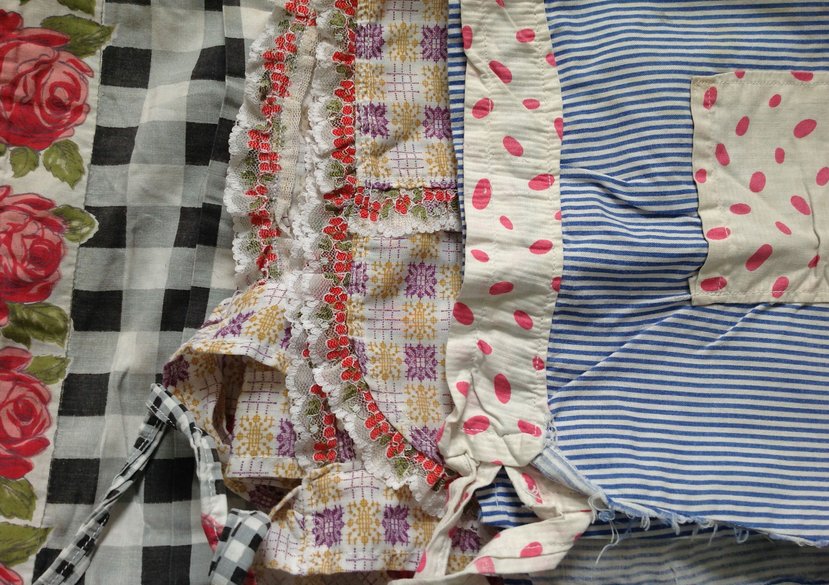
Louise is a writer and activist whose work is devoted to understanding the material culture of everyday life and interpreting the landscapes of extractivism, incarceration, exploitation and migration.
In her role as Tutor in Design History, Louise seeks to develop a collaborative and decolonial pedagogy. With her students, she explores the relationships between people and things and examines hierarchies and inequalities of the global material world.
Key details
School, Centre or Area
Gallery
More information
Research interests
Louise has published writings on sites of conflict and imprisonment, the global spaces of extractivism and imperial exhibition, the art of political struggle and the attachments to domestic possessions in everyday life. She works in collaboration with activists, artists and communities.
Currently, she is coordinating the collective production of After the Object: A Reader for Decolonising Histories of Art and Design. As part of the Traces of Nitrate arts research group, www.tracesofnitrate.org, Louise has documented the human and material inequalities of nitrate mining between Atacama Desert and Britain. Her work with Traces of Nitrate continues with an investigation of the appropriation of water, land and life through copper and lithium mining.
Practice
Louise creates art for street protests and supports the development of participatory exhibition practice. She was part of the Re-Making Picasso’s Guerica and is one of small group of DJs and activists that produce Radio Calais, a monthly online and FM broadcast that mixes information about people living in the UK borderlands with global music of every kind.
Research funding
Traces of Nitrate AHRC Research Grant, 2012–15
Current and recent projects
Solid Water, Frozen Time, Future Justice
AHRC Research Grant, 2021- 2024.
Solid Water, Frozen Time, Future Justice documents the copper and lithium mining in the Andean glaciers and the Salar de Atacama. Mining for these materials has reshaped earthly landscapes and altered the course of waterways. A development of Traces of Nitrate research, it experiments with the spatial and temporal collisions that can be created by photography to expose the global relationships, legacies and inequalities of capitalism, colonialism and extractivism. It explores historical and colonial relation between Chile and Britain, an exemplary of neoliberalism.
Publications, exhibitions, other outcomes
Books and Articles
Purbrick, L. (2023). A History of the H Blocks: An Architecture of the Conflict in and about Northern Ireland, Bloomsbury Academic.
Purbrick, L. (2023). Love in Art and Material Culture. In: C. Langhamer, A Cultural History of Love, Routledge.
Purbrick, L. (2022). Marginalised Heritage and Invisible History: The Silvertown War Memorial. In: G. Lees-Maffei and R. Houze, Design and Heritage: The Construction of Identity and Belonging, Routledge.
Purbrick, L. (2019). Long Kesh/Maze: A Case for Participation in Post-Conflict Heritage. In E. Crooke and T. Maguire, Heritage After Conflict, Routledge
Purbrick, L, Acosta, I and Ribas, X (2019). Trafficking the Earth: Documents on Nitrate, Copper and Capitalism. Transformations: Journal of Media, Culture and Technology, 33, pp.1-21. http://www.transformationsjournal.org/2019-issue-no-33-mineral-transformation-and-resource-extraction/
Purbrick, L. (2018). Postcards from Chile and Images from an Archive: nitrate and the 1973 coup. Humanities, 7, 115.
http://www.mdpi.com/journal/humanities
Purbrick, L. (2017). Nitrate Ruins: the photography of mining in the Atacama Desert, Chile. Journal of Latin American Cultural Studies, 26 (2) pp. 253-278
Purbrick, L. (2017). Mining Photography: The Oficina Alianza and Port of Iquique 1889’ Anales del Instituto de Investigaciones Estéticas, Volumen XXXIX, número 110, Universidad Nacional Autónoma de México,, pp.247-274. http://www.analesiie.unam.mx/index.php/analesiie/article/view/2595
Purbrick, L.(2014) No frills: wedding presents and the meaning of marriage, 1945-2003. In J. Miles, P. Moody and R. Probert (eds). Marriage Rites and Rights, Hart Publishing, pp.77-98.
Purbrick, L. (2014). “I love giving presents”: the emotion of material culture. In: A. Moran and S. O’Brien. Love Objects: Emotion, Design and Material Culture, Bloomsbury, , pp 9-20.
Purbrick, L. (2007 and 2014 ebook) The Wedding Present: Domestic Life Beyond Consumption, Ashgate.
Purbrick, L. (ed) (2001 and 2013 reprint) The Great Exhibition of 1851, Manchester University Press.
Exhibitions
(2022) Broken Land in Intersectional Geographies curated by Jacqueline Ennis Cole, Martin Parr Foundation, Bristol.
(2021) El tráfico de la Tierra/Trafficking the Earth. In: Reassemblage, curated by Teresa Arezona. Espacio de las Artes, Tenerife, Spain https://teatenerife.es/exposicion/reensamblaje/222
(2021) El tráfico de la Tierra/Trafficking the Earth. in Bienal de Fotografia do Porto, Espaço SP620, Portugal
https://www.bienalfotografiaporto.pt/pt/exposicoes/trafficking-the-earth/
(2020) El tráfico de la Tierra/Trafficking the Earth. Centro de Arte y Naturaleza (CDAN), Huesca, Spain. http://www.cdan.es/exposicion/acosta-ribas-purbrick-el-trafico-de-la-tierra/
2018) Trafficking the Earth. in Resolution is not the point Photo50, curated by the Hemera Collective, London Art Fair, https://hemera-collective.com/exhibitions/
(2017) El tráfico de la Tierra/Trafficking the Earth. i Museo de Arte Contemporáneo, Santiago, Chile.
(2017) Maps & Lives, Phoenix, Brighton
(2017) Re-Making Picasso’s Guernica, a banner. In Guernica Remakings, curated by Nicola Ashmore, University of Brighton Gallery http://guernicaremakings.com/exhibition-2017
(2015) Re-Making Picasso’s Guernica, a banner. In Conscience and Conflict: British Artists and the Spanish Civil War, Pallant House Gallery, Chichester
(2014) Re-Making Picasso’s Guernica, a banner. In To Gypsyland, 198 Gallery, Brixton.
